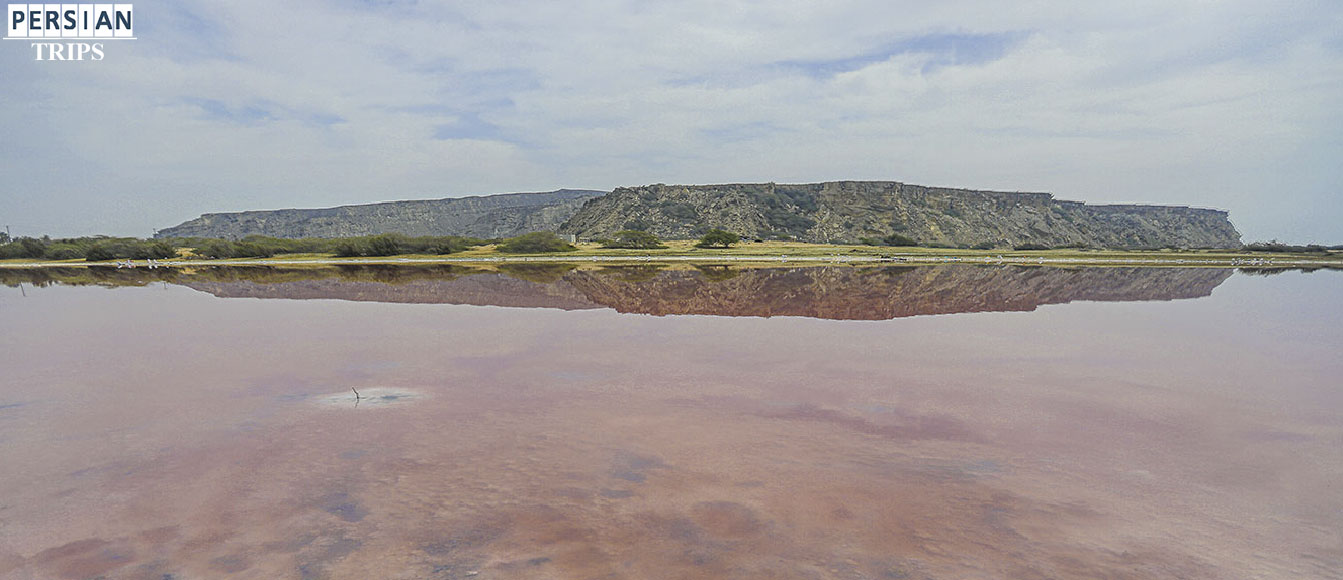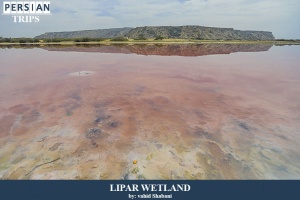Lipar wetland

Lipar Wetland is located on the coastal road from Chabahar to Govatr on the coast of the Oman Sea. This wetland is located in a gorge and rocky valley overlooking the mountain. In this wetland, the water of the Oman Sea is static and has created suitable areas for the life of plants and animals.
In Lipar wetland, there are turmeric tree and animal species of Changar, Flamingo, Kashim, Baqarqara, Tihu, Jirofti, Dashti Eagle, Khotka, Dalijah and Tavusk. One of the natural attractions that is located on the coast of Oman and similar to this wetland, is Lipar Chabahar wetland. There are only four other examples known in the world. This wetland with its amazing beauty motivates many travelers, tourists and nature lovers every year. This wetland, also known as the pink wetland, has astonished the eyes of every viewer.
There are many lakes and wetlands around the world that are ecologically home to many species of animals. However, some of these wetlands in different parts of the world, which may be as many as the fingers of one hand, are distinguished from others due to their special color. The water of these wetlands is pink due to the presence of plant bacteria and plankton. Lipar Wetland is located on the coastal road from Chabahar to Govatr on the coast of the Oman Sea.This wetland is located in a gorge and rocky valley overlooking the mountain. In this wetland, the water of the Oman Sea is static and has created suitable areas for plants and animals to live. Due to its geographical location, this region has suitable conditions for the growth and cultivation of different species of oak and nettle and other types of plants. These plants grow in the water of this wetland and create an extremely beautiful scene, which is rarely seen not only in Iran but also in the world.
Geographical location of Lipar wetland
Lipar is located in a gorge and a rocky valley overlooking the Chabahar Mountains. This pink wetland is located on the road and along the beautiful coast of Chabahar to the Govatrr of the Oman Sea, which today has become a suitable place for sightseeing and photography. In this wetland, the water of the Oman Sea has become static and has created a suitable habitat for the animals and plants of the region. The pink water of Lipar Wetland is due to the presence of many plant plankton and its rich organic and mineral matter, which enter through the rivers and estuaries connected to this bay. Oak, nettle, teak and teak shrubs are the main vegetation of the region and their growth around Lipar Wetland creates beautiful landscapes that have made this wetland one of the most amazing wetlands in Iran.
The presence of abundant plant plankton in the area (90% of plant plankton is found in this area), the abundance of organic matter and minerals that are directed to this area through rivers and estuaries connected to the bay, will greatly increase biological production in some seasons. These factors, together with the sea currents caused by monsoon storms, which are unique features of the Oman Sea ocean basin, cause an excessive increase in the number of plant plankton in the months after the monsoon season (from mid-June to mid-September).
Tags: Attractions of Sistan and Baluchestan province, Sistan and baluchestan province, Lipar wetland
